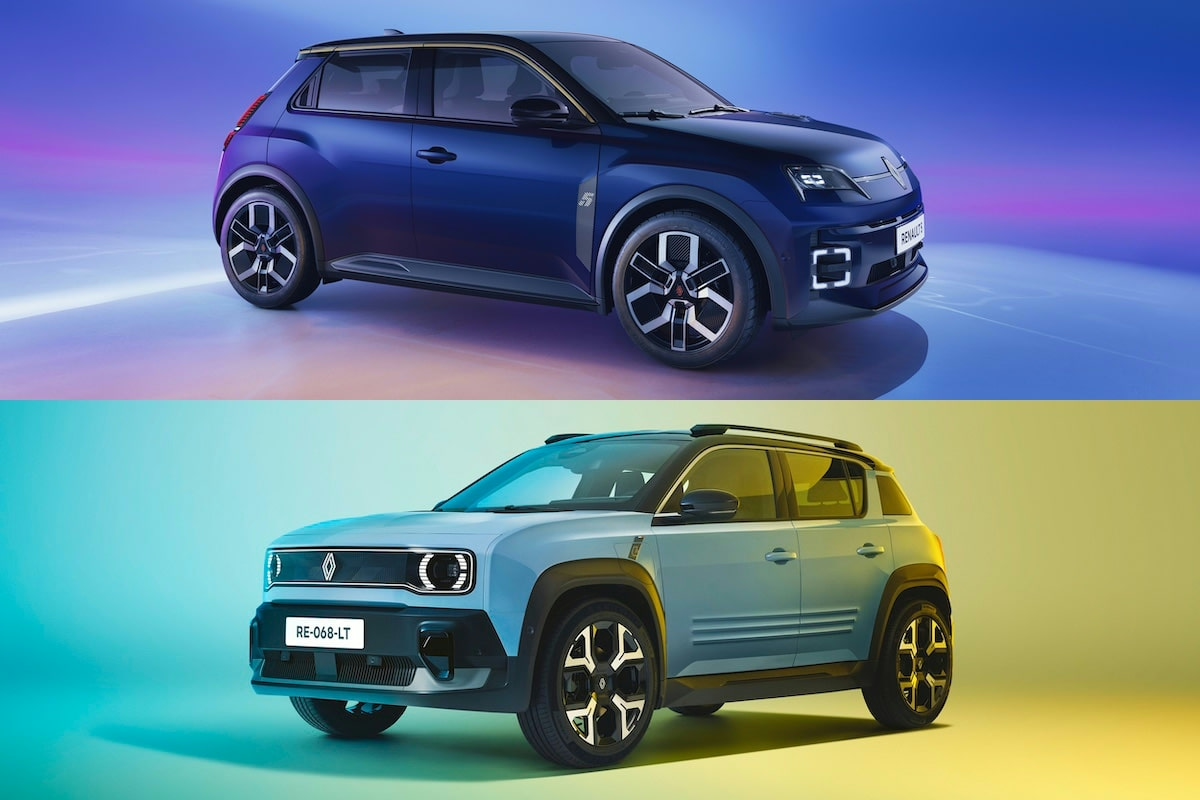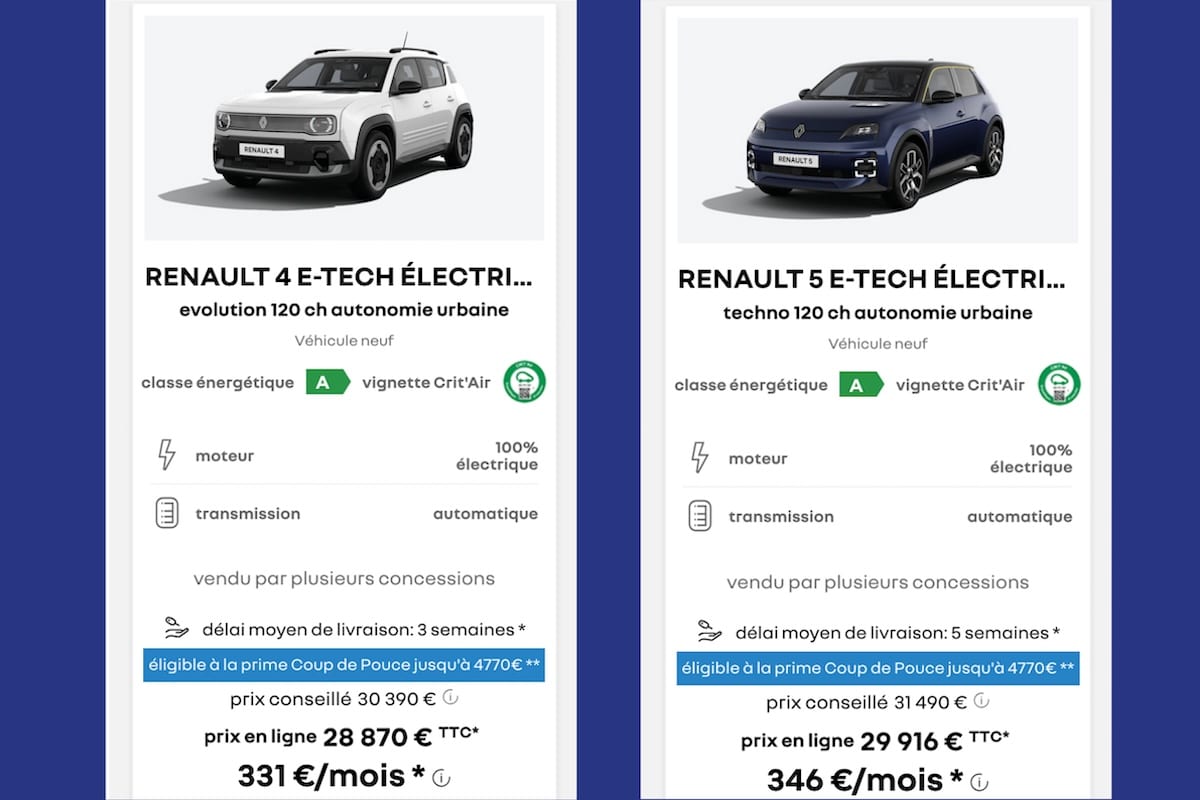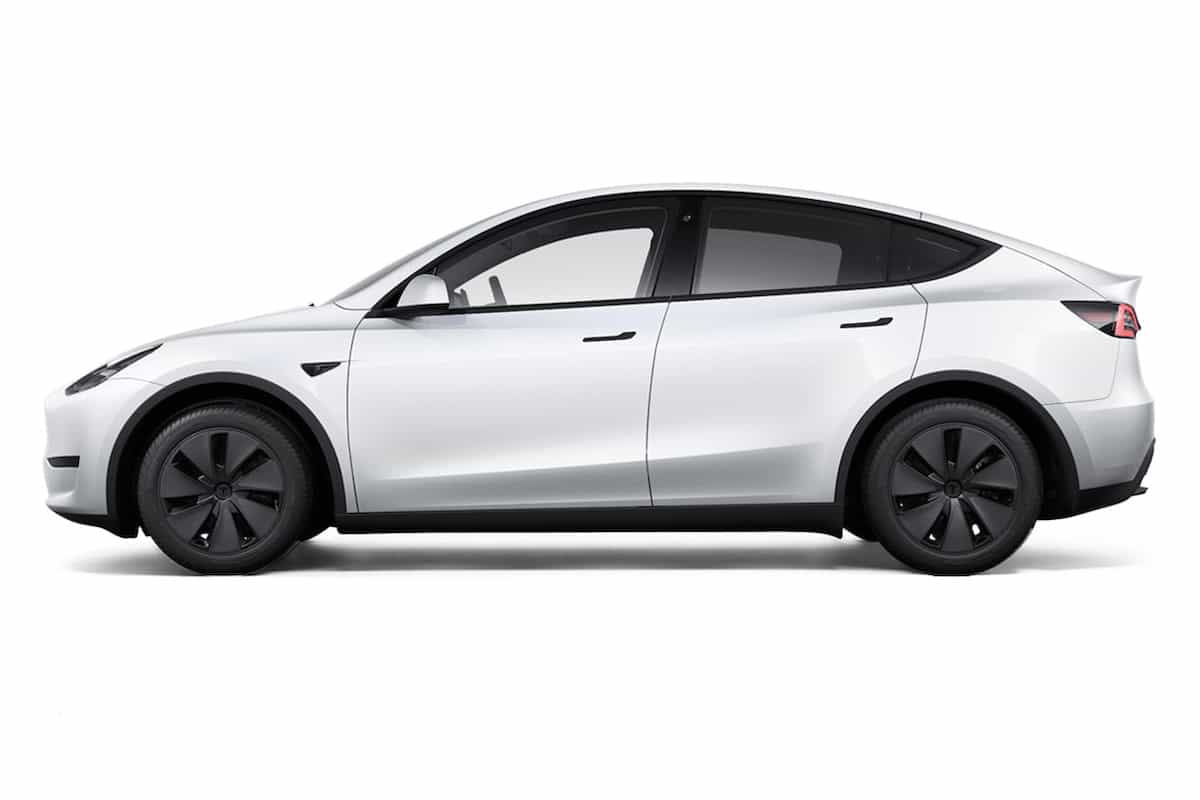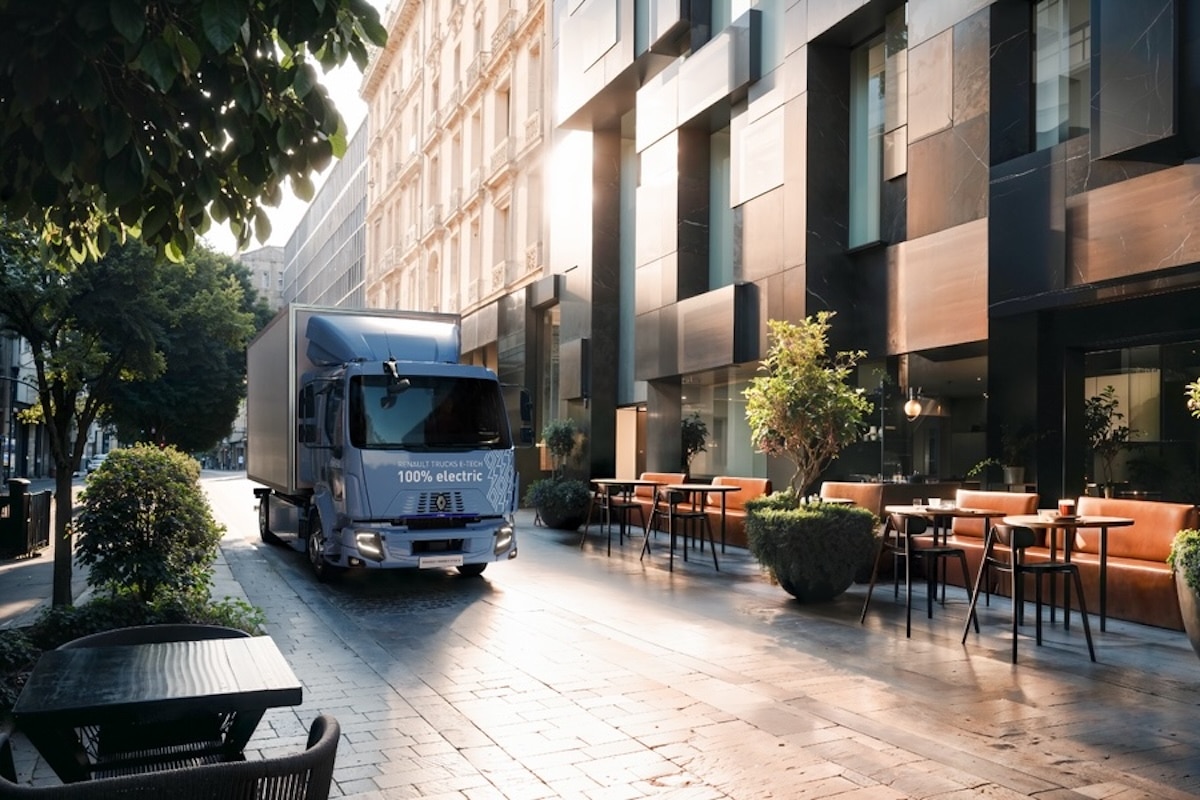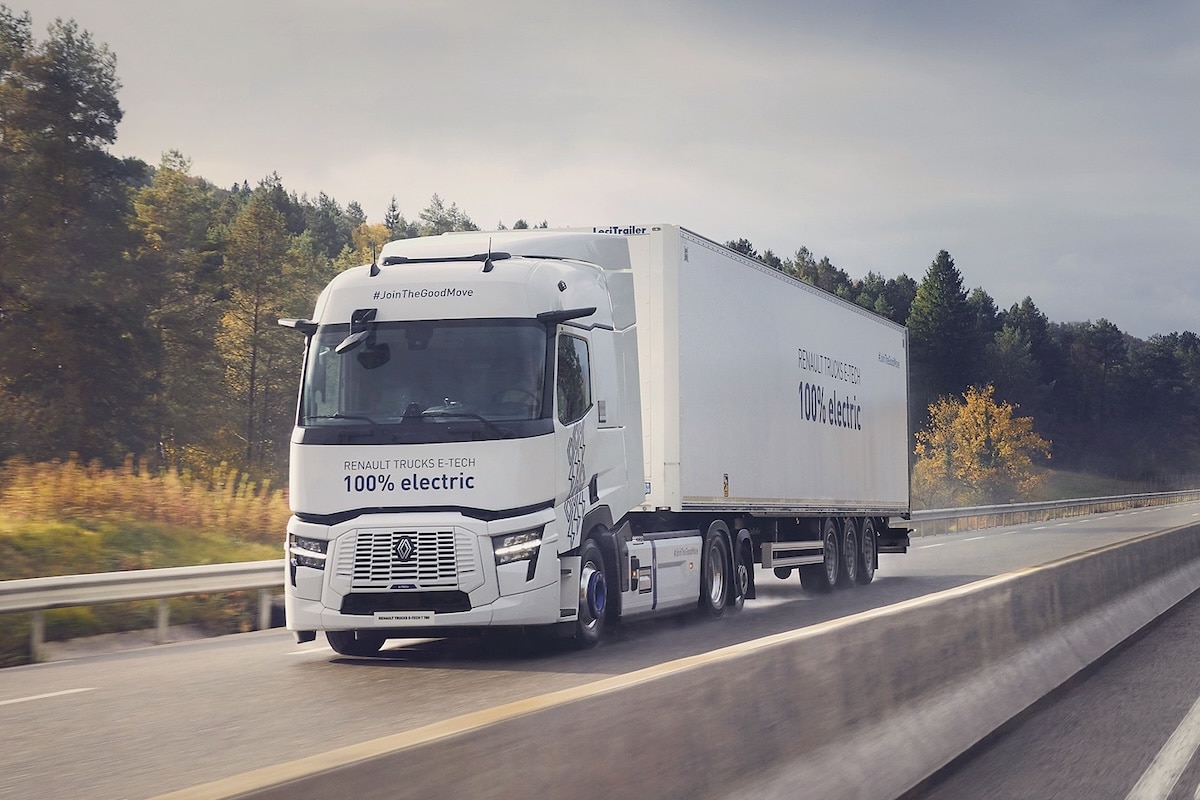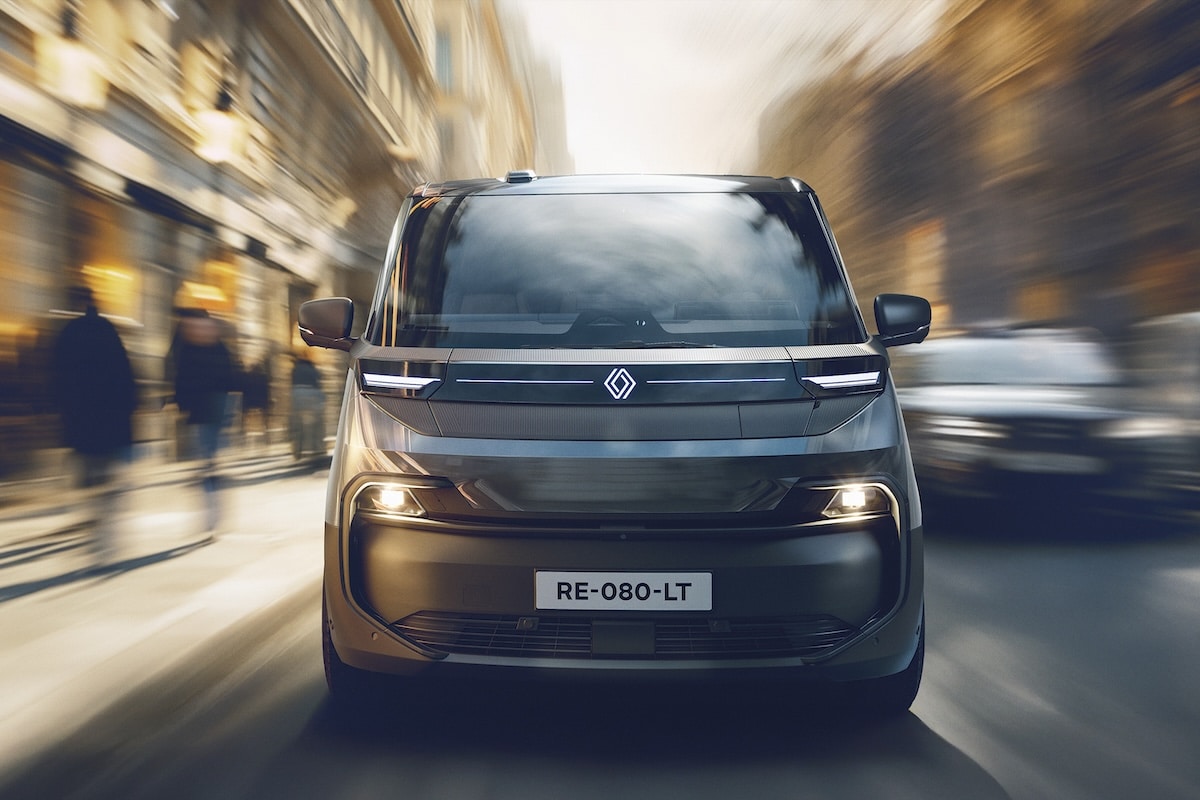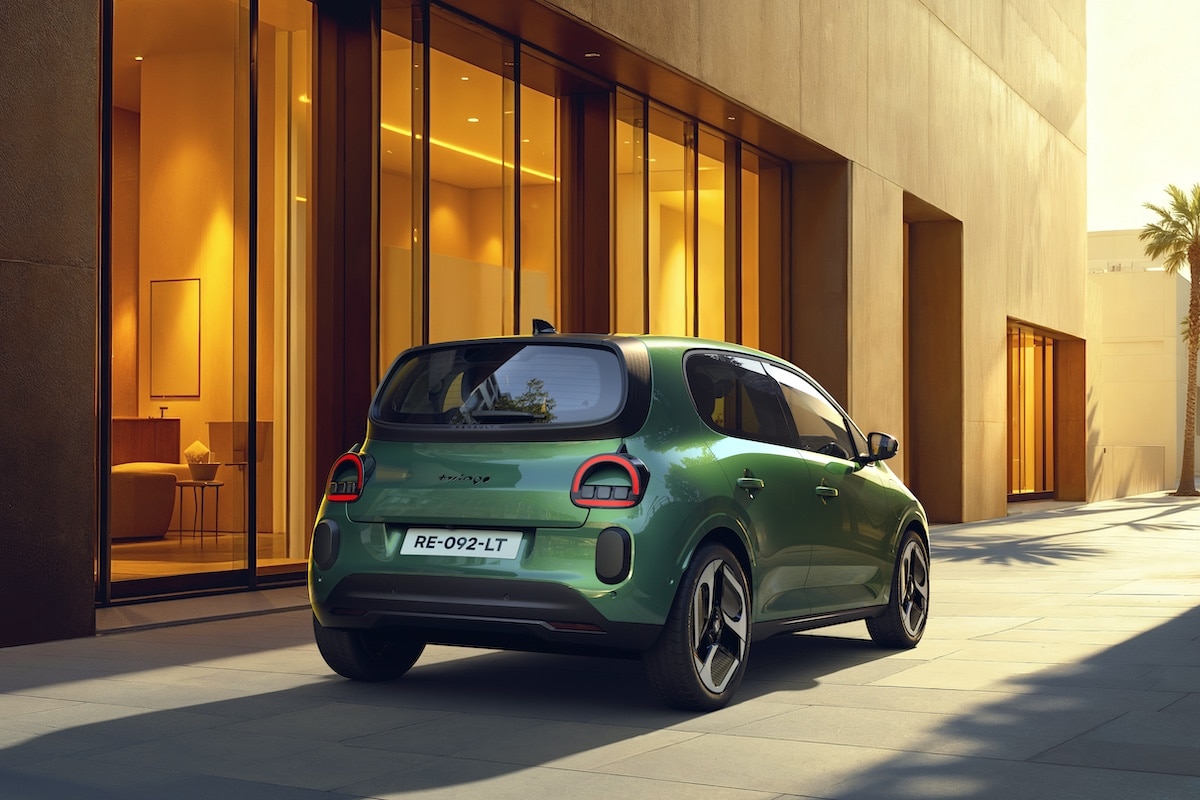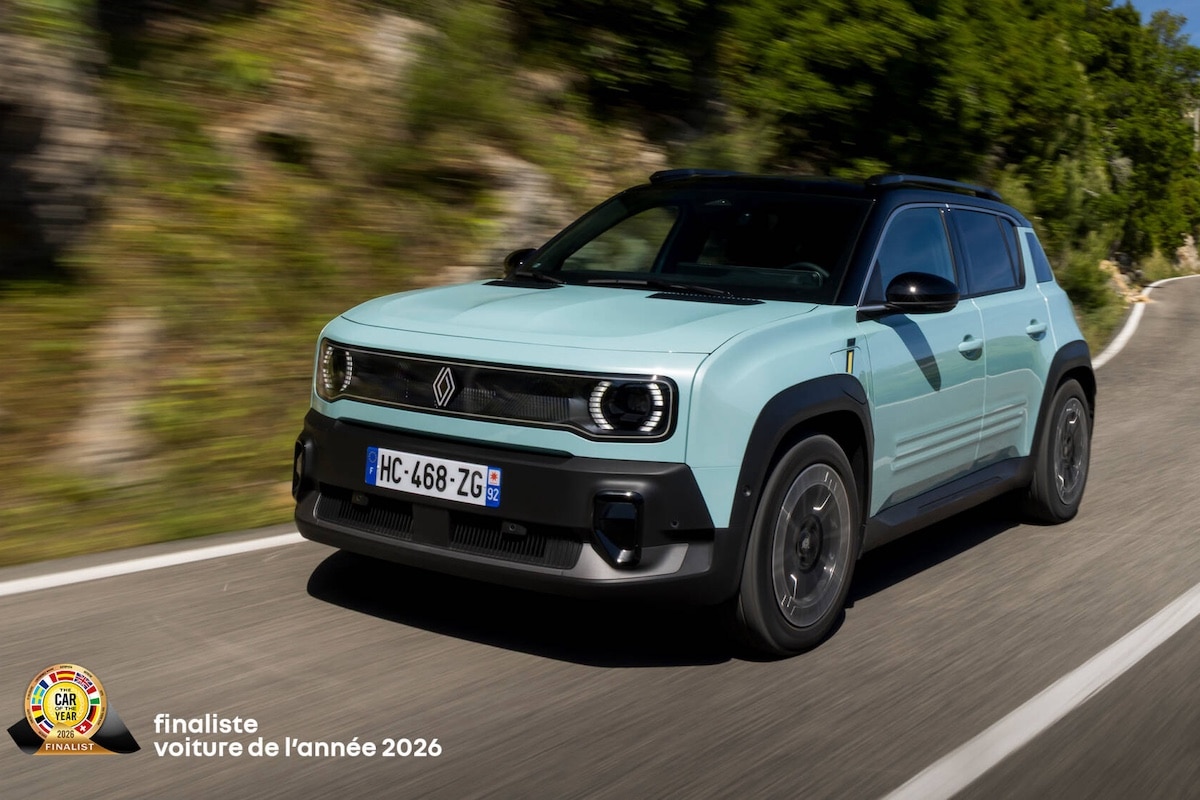Renault R5
The Renault 5, often referred to as the R5, is an iconic car from the Renault brand. Launched in 1972, it marked automotive history in the 1970s and 1980s as a popular and innovative urban car. Here’s an overview of its history:
1. First generation (1972-1985):
– The Renault 5 was launched in 1972 as a small city car primarily intended for urban use.
– Its design, featuring slanted rear doors and recessed door handles, was innovative and modern for the time. The vehicle was compact, lightweight, and practical for the city.
– Very quickly, the R5 became a major commercial success in France and several European countries.
– A sporty version, the R5 Alpine (known as the R5 Gordini outside France), was introduced in 1976.
– In 1980, Renault launched the R5 Turbo, a very sporty version with a rear mid-engine designed for motorsport. It became an icon of the brand and is still highly sought after by collectors.
2. Second generation (1984-1996): R5 Supercinq:
– In 1984, Renault introduced a new version of the R5, often referred to as “Supercinq” to differentiate it from the first generation. While retaining the R5 name, this new version was actually a completely new car with a modernized design and improved mechanics.
– The Supercinq continued the successful launch of the first generation and was produced until 1996, when it was replaced by the Renault Clio.
3. The return of the R5 in electric form:
– At the 2021 CES show, Renault presented a concept car inspired by the R5, but in a 100% electric form, showcasing the brand’s intention to revive this iconic name for a new generation of electric cars. This vehicle aims to combine the nostalgic charm of the original R5 with modern electric vehicle technology.
Throughout its production, the Renault 5 was recognized for its simplicity, reliability, and iconic design. It is often associated with a period of modernization and change in the European automotive industry, and remains one of the most iconic cars produced by Renault.
